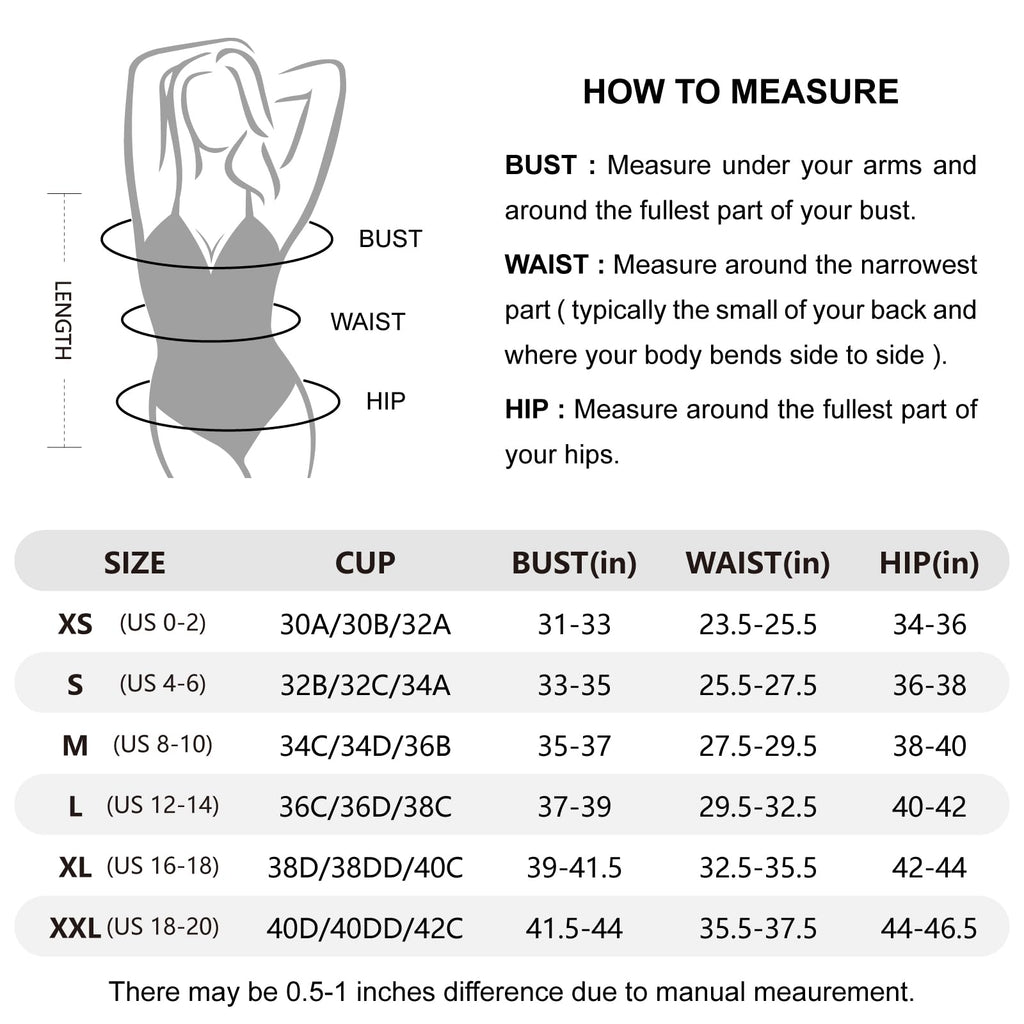The Importance of the Right Wetsuit
Surfing is an exhilarating sport that requires the right gear to keep you comfortable and safe. One of the most important pieces of gear for a surfer is the wetsuit. Wetsuits are designed to keep you warm in cold water, protect your skin from sunburn and abrasions, and provide buoyancy for better performance in the waves. However, choosing the rightsurfing wetsuit can be overwhelming, especially for beginners. Here are some factors to consider when selecting a wetsuit for surfing.
Water temperature: Wetsuits are rated according to their thickness, which determines the level of warmth they provide. The colder the water, the thicker the wetsuit you'll need. For example, in cold water (below 60°F), a 5mmsurfing wetsuit with sealed seams is recommended. In warmer water (above 70°F), a 3mm wetsuit with flatlock seams will suffice.
Fit: Asurfing wetsuit should fit snugly to keep you warm and prevent water from entering. However, it should not be too tight or restrictive, as this can hinder your movements and lead to fatigue. When trying on a wetsuit, make sure it fits well around your shoulders, chest, and hips, and that there are no gaps between the suit and your skin.
Material: Wetsuits are made from neoprene, a synthetic rubber that provides insulation and flexibility. The quality of neoprene varies, and higher quality neoprene is more durable and provides better insulation. Look for wetsuits made from Yamamoto neoprene, which is considered the highest quality.
Features: Some surfing wetsuits come with additional features like reinforced knees, chest zips, or extra insulation in the core area. Consider what features are important to you based on the conditions you'll be surfing in and your personal preferences.
Overall, investing in a high-qualitysurfing wetsuit that fits well and provides adequate warmth and protection will enhance your surfing experience and keep you safe in the water.
Water temperature: Wetsuits are rated according to their thickness, which determines the level of warmth they provide. The colder the water, the thicker the wetsuit you'll need. For example, in cold water (below 60°F), a 5mmsurfing wetsuit with sealed seams is recommended. In warmer water (above 70°F), a 3mm wetsuit with flatlock seams will suffice.
Fit: Asurfing wetsuit should fit snugly to keep you warm and prevent water from entering. However, it should not be too tight or restrictive, as this can hinder your movements and lead to fatigue. When trying on a wetsuit, make sure it fits well around your shoulders, chest, and hips, and that there are no gaps between the suit and your skin.
Material: Wetsuits are made from neoprene, a synthetic rubber that provides insulation and flexibility. The quality of neoprene varies, and higher quality neoprene is more durable and provides better insulation. Look for wetsuits made from Yamamoto neoprene, which is considered the highest quality.
Features: Some surfing wetsuits come with additional features like reinforced knees, chest zips, or extra insulation in the core area. Consider what features are important to you based on the conditions you'll be surfing in and your personal preferences.
Overall, investing in a high-qualitysurfing wetsuit that fits well and provides adequate warmth and protection will enhance your surfing experience and keep you safe in the water.
















